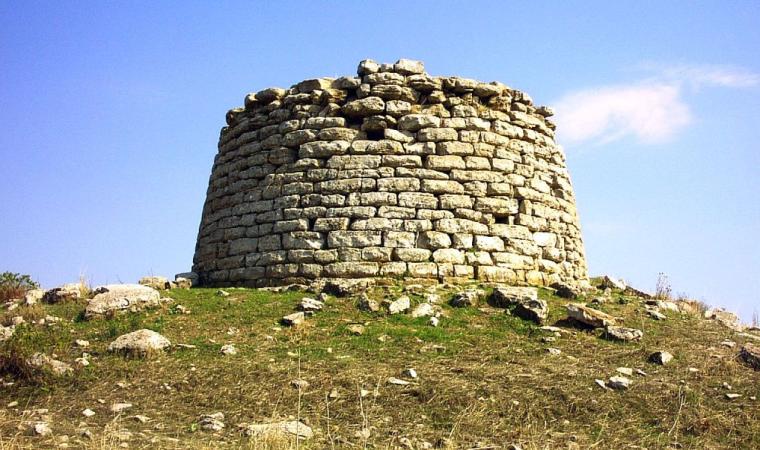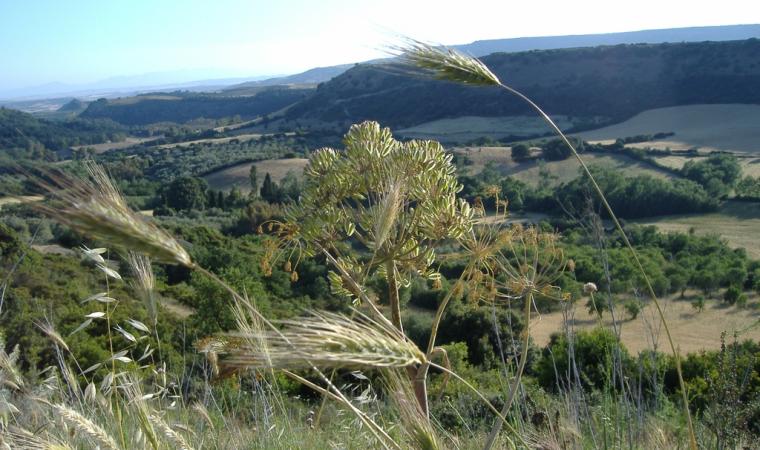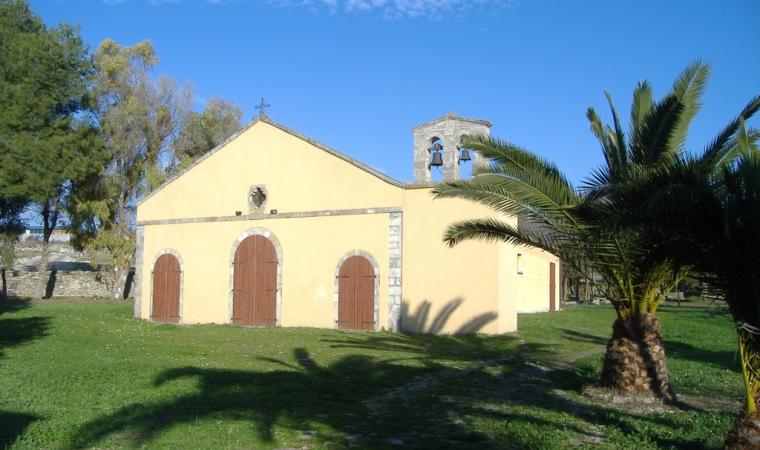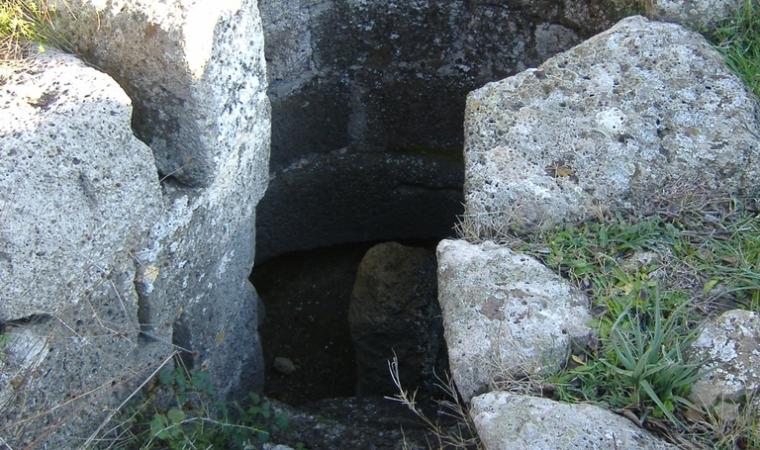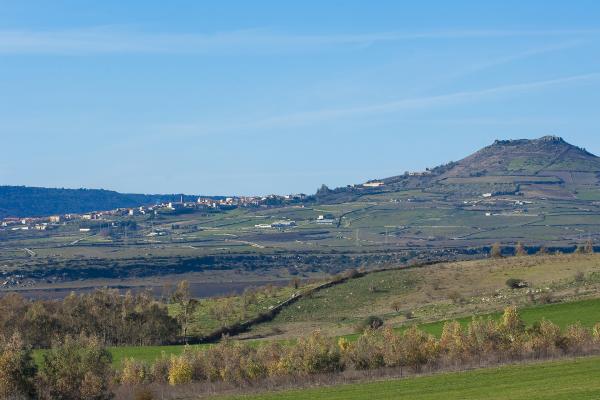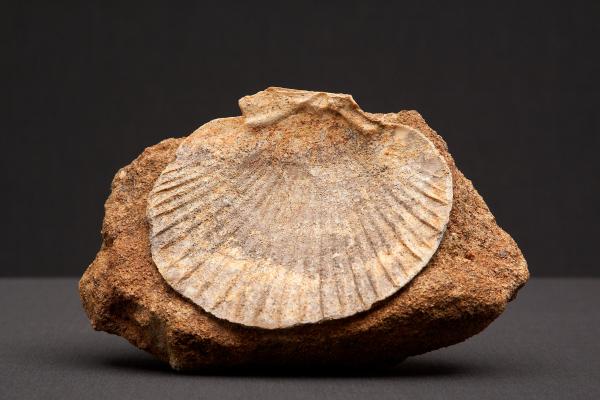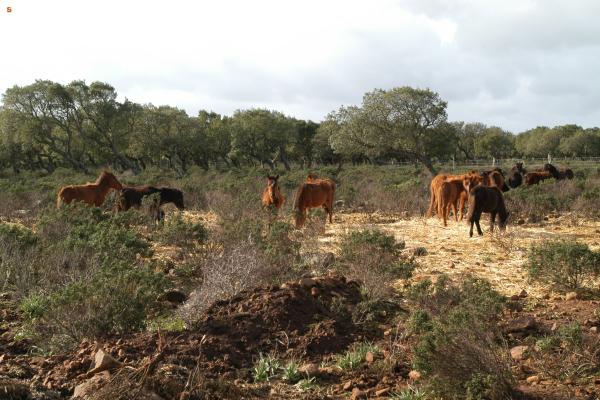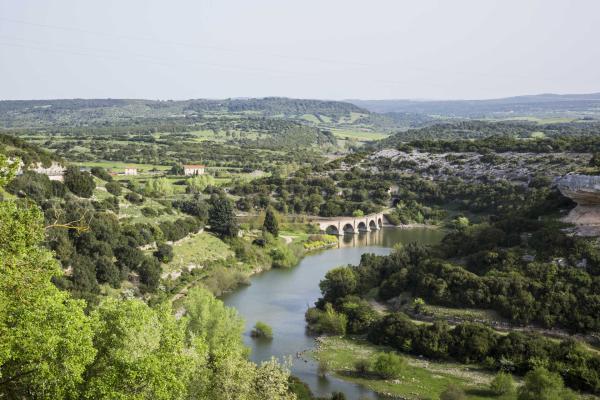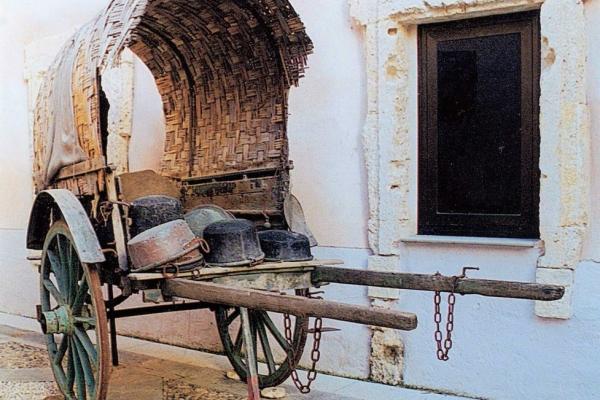Until mid-20th century, most of its fields were covered with nuragus vines, a grape that takes its name from the town and is used to make a prized white wine. During the Roman period, the same countryside was home to Valentia, an important military and trading stop along the road from Karalis and Ulbia, as documented by the historian Pliny the Elder and geographer Ptolomy. Traditionally, it is said that Nuragus, a small town located to the north of the Giara plateau, in Part’e Alenza territory, on the border between Marmilla and Sarcidano, was founded by the survivors of the Roman castrum (fortified military camp), destroyed in the 8th century by the Vandals. Materials salvaged from the military camp, of which only a necropolis and wall traces remain, were used to construct a series of villae, which later united.
Until mid-20th century, most of its fields were covered with nuragus vines, a grape that takes its name from the town and is used to make a prized white wine. During the Roman period, the same countryside was home to Valentia, an important military and trading stop along the road from Karalis and Ulbia, as documented by the historian Pliny the Elder and geographer Ptolomy. Traditionally, it is said that Nuragus, a small town located to the north of the Giara plateau, in Part’e Alenza territory, on the border between Marmilla and Sarcidano, was founded by the survivors of the Roman castrum (fortified military camp), destroyed in the 8th century by the Vandals. Materials salvaged from the military camp, of which only a necropolis and wall traces remain, were used to construct a series of villae, which later united. This hypothesis is supported by ruins found around the town such as Ruinas, on top of which the oldest church still standing was built, the Romanesque-Pisan Church of Sant’Elia Profeta (10th-11th century). The church remained the centre of religious activity in the area until the 19th century: a large three-day market was held in the small loggias surrounding it. In early July, the most popular celebration is held in honour of the saint’s Feast Day. Today, the town, with a population of less than 1000, has held fast to its agro-pastoral traditions and hosts a Sarda Sheep Show-market in late April. May is time for a show of food and wine: ‘Nuragus a Nuragus’ is a festival of is tallarinus, a pasta and sour cheese dish. In November, it’s the turn of the typical sweet with the Festival of Turroni de Cixiri (chickpea nougat). In the town centre, the Parish of Santa Maria Maddalena, constructed over a Romanesque church, catches the eye. It houses wooden Baroque altars and 18th century liturgical instruments. The saint’s Feast Day is celebrated in late July.
The area was permanently settled in the Bronze Age, as seen from thirty nuraghes. On the same plateau occupied by the Roman castrum, stands the five-lobed Alenza nuraghe. Nuraghe Santu Millanu, composed of a central tower and a bastion with four corner towers, is the most famous for its size and completeness. Named after the Church of San Gemiliano, its keep, constructed using limestone blocks set in regular rows, is over six metres high. Traces of a village with superimposed Roman structures surrounds the fortress. On the same hill but 300 metres lower, rises the small, elegantly constructed Well Temple of Coni. Its architecture is classical: a stairway preceded by a short hall and an underground chamber where the spring was located. Here, the praying matriarch, a bronze statuette of a woman in prayer wearing a long skirt and mantle, was uncovered. At Serra Ilixi, evidence of contact with western Mediterranean was found in the form of a kiln with copper ingots inscribed with Aegean letters dating to as early as 2000 BC. These unique pieces of Sardinian prehistory are housed in the National Archaeological Museum in Cagliari. On the border between Nuragus and Nurallao, there is another must-see site: the Giant’s Tomb of Aiodda.


